10 Real-Life Tricks Parents Can Use to Get Kids to Listen
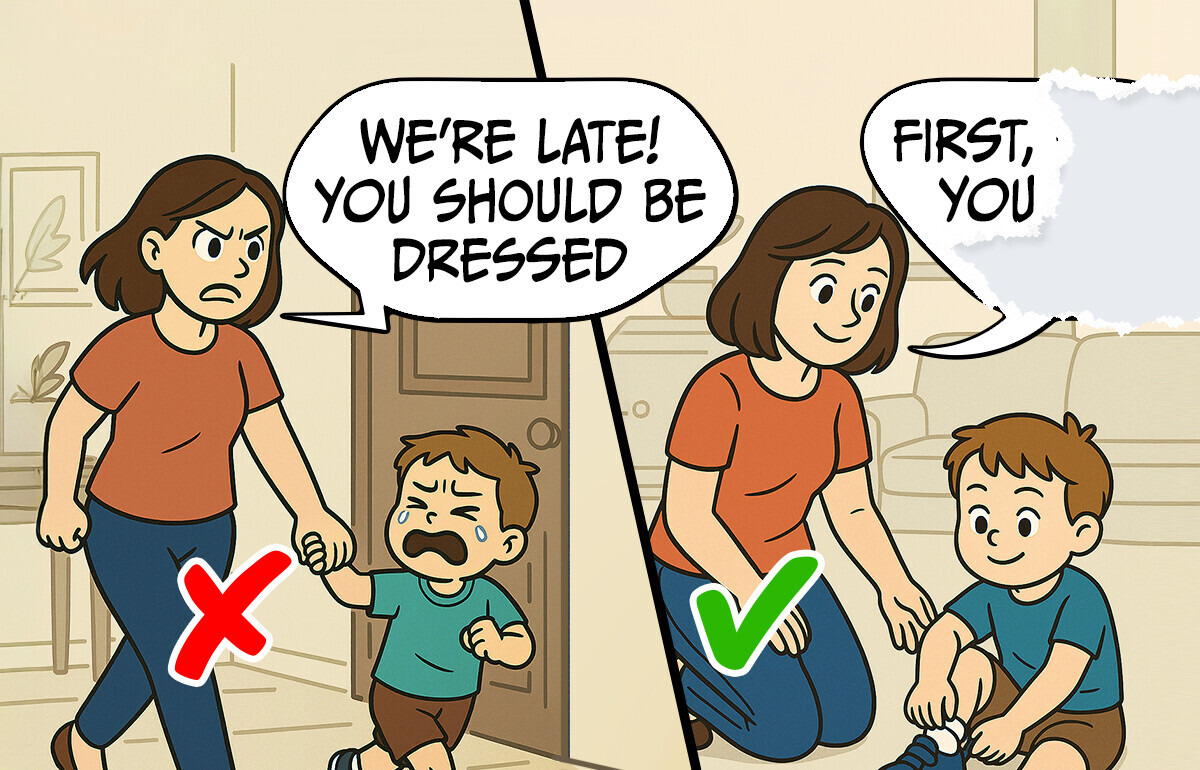
Every parent knows the frustration of asking their child to do something again and again with no response. Yelling may seem like the only option, but it just upsets everyone. These 10 gentle strategies will help you connect and get their attention without shouting.
1. Connect before you correct.

Before you give instructions, pause and connect. Get down to their eye level, say their name, and make gentle eye contact. A soft touch on the shoulder or a calm “Hey, I need your attention” is far more effective than shouting from another room.
If your child is upset, acknowledge their feelings first (“I see you’re frustrated”) before redirecting. This builds trust, and trust makes kids far more likely to listen.
2. Keep it short and ask them to repeat it.
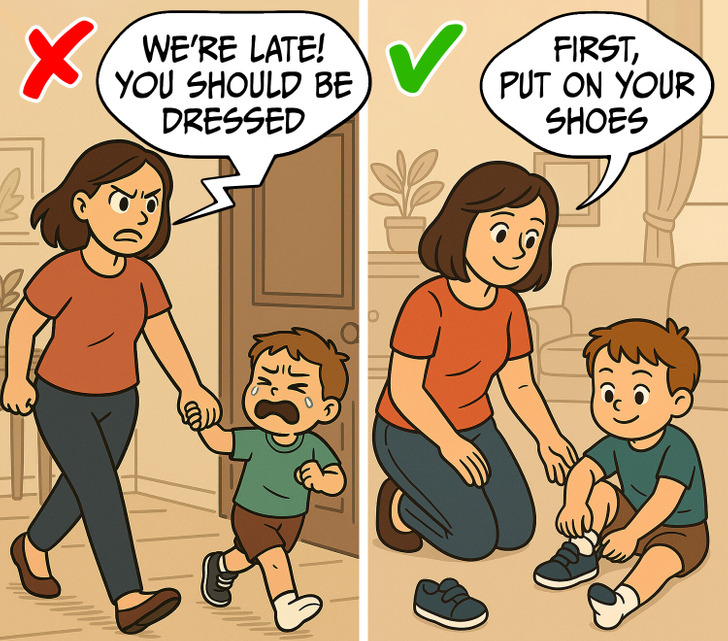
Kids often tune out long speeches. Replace complicated instructions with short, clear requests: “Put on your shoes” instead of “We’re going to be late, and I need you to get ready right now.”
Then, ask them to repeat it back to you: “Can you tell me what you’re going to do first?” This simple step confirms they understood and helps them remember.
3. Use positive reinforcement.
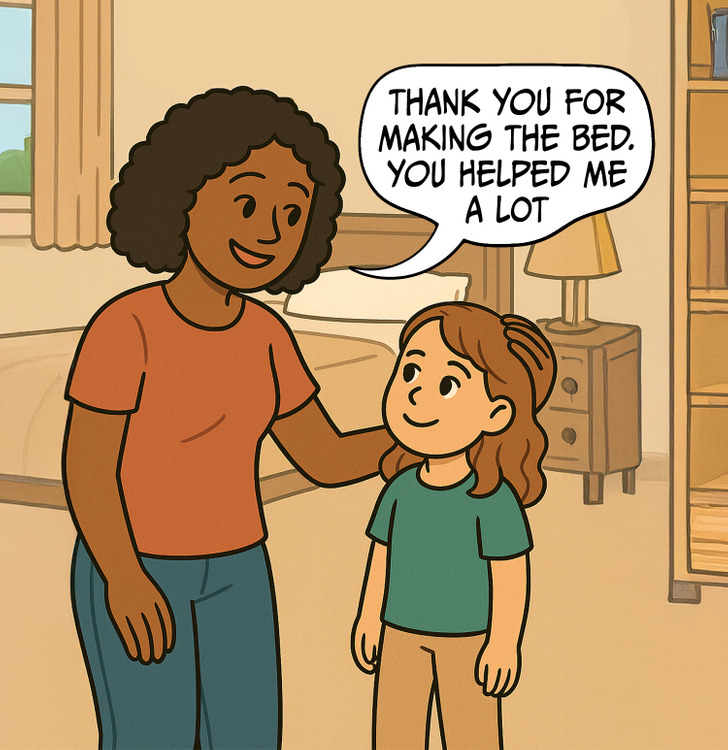
Children respond best to encouragement. Praise the behavior you do want instead of focusing only on what they’re doing wrong.
Try saying, “I love how you listened the first time!” or “Thank you for putting your toys away.” This reinforces positive actions and motivates them to repeat them. Think of it as watering the flowers instead of pulling the weeds: what you nurture grows.
4. Offer choices within limits.
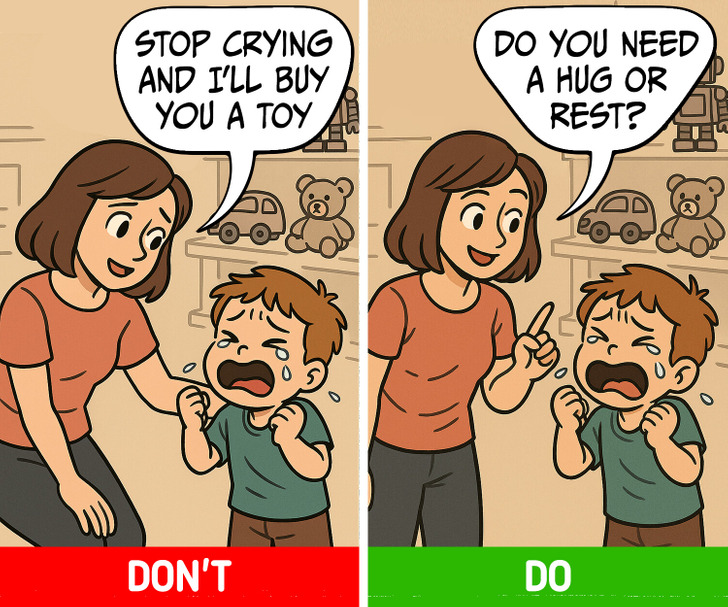
Power struggles often happen because kids crave control. Give them that control in a structured way: “Would you like to brush your teeth before or after putting on pajamas?” or “Do you want the blue cup or the red one?”
They still complete the task, but they feel empowered to make decisions, and that makes them far more cooperative.
5. Lower your voice to raise their attention.

It’s counterintuitive, but whispering often gets kids to listen better than shouting. A calm, steady tone encourages them to mirror your composure and focus.
You can even turn your instructions into a playful challenge: “Let’s see if you can reach the door before I count to ten!” Playfulness and calm command attention without conflict.
6. Prepare them for transitions.
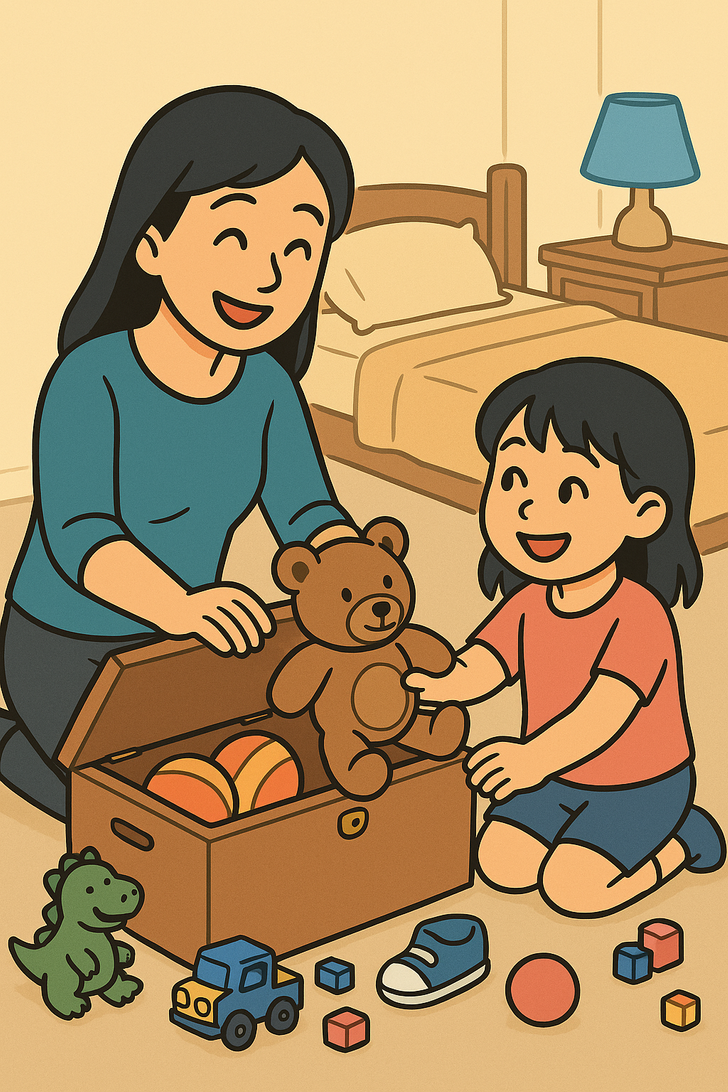
Switching from one activity to another, especially something fun to something less exciting, is hard for kids. Help them by giving advance warnings: “In five minutes, we’re cleaning up.” Visual timers and picture schedules can also help younger children see what’s coming next.
When possible, offer closure: “How about one last turn before we put the toys away?” This makes transitions feel fair and predictable.
7. Validate their feelings before setting boundaries.
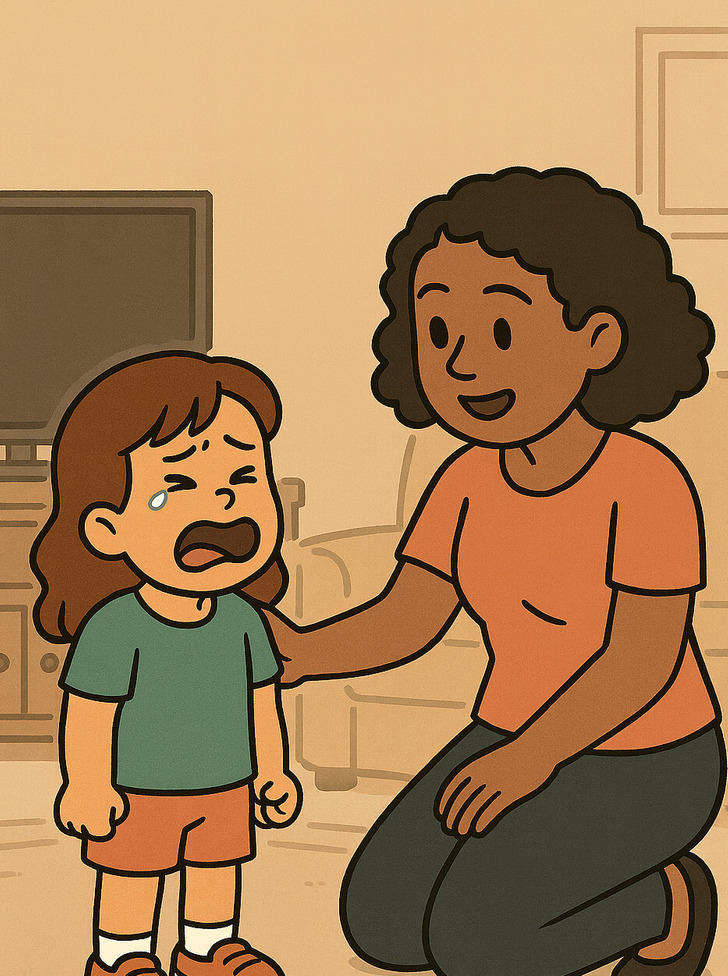
When emotions run high, kids literally can’t hear logic. Their brains are too busy feeling.
Instead of jumping to discipline, name the emotion you see (“You’re angry because playtime ended”). This doesn’t mean you excuse bad behavior, but it helps them feel understood. Once they’re calm, you can set the boundary: “I understand you’re upset, but hitting is not okay.”
8. Say what they can do, not just what they can’t.
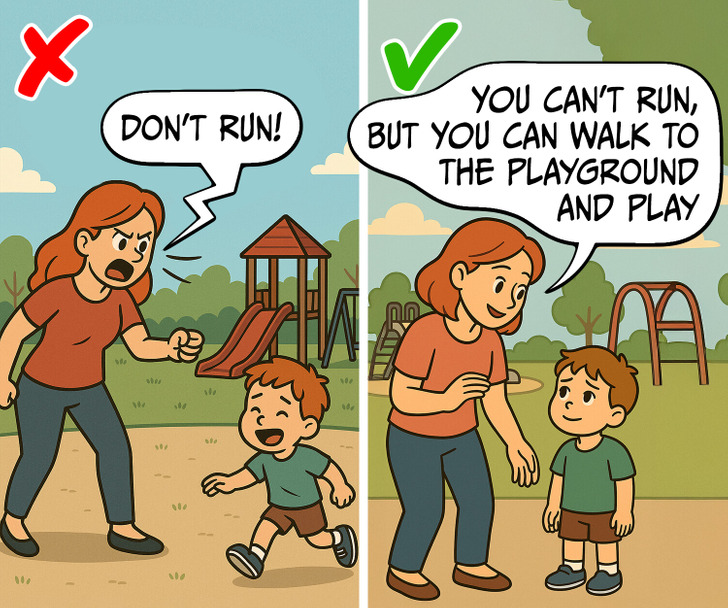
“Don’t run” is less effective than “Please walk.” Kids respond better to clear instructions phrased in the positive.
If you have to say “no,” follow it with a “yes” alternative: “We can’t have cookies before dinner, but we can bake some for dessert.” This small shift reduces resistance and teaches problem-solving.
9. Turn listening into a two-way street.
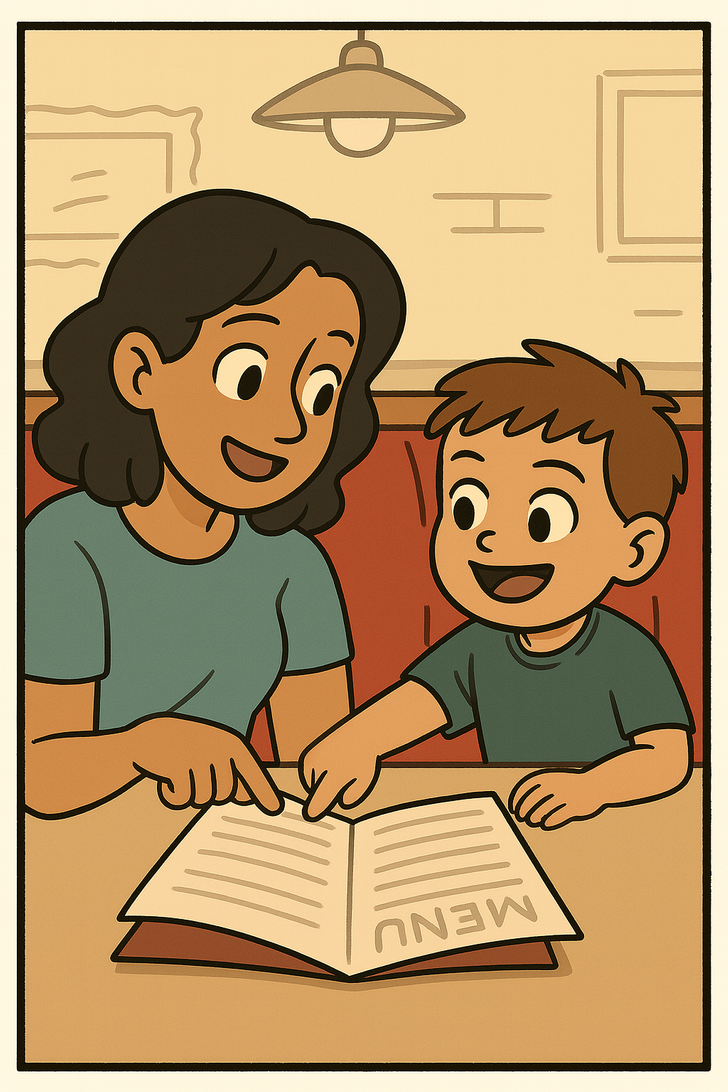
Kids are more likely to listen when they feel listened to. Instead of giving orders, invite them into the conversation. Try asking, “What do you think would help us get ready faster?” or “How can we solve this together?”
This shows them their voice matters and teaches them to think through solutions. When communication goes both ways, cooperation naturally follows.
10. Be consistent with boundaries and consequences.
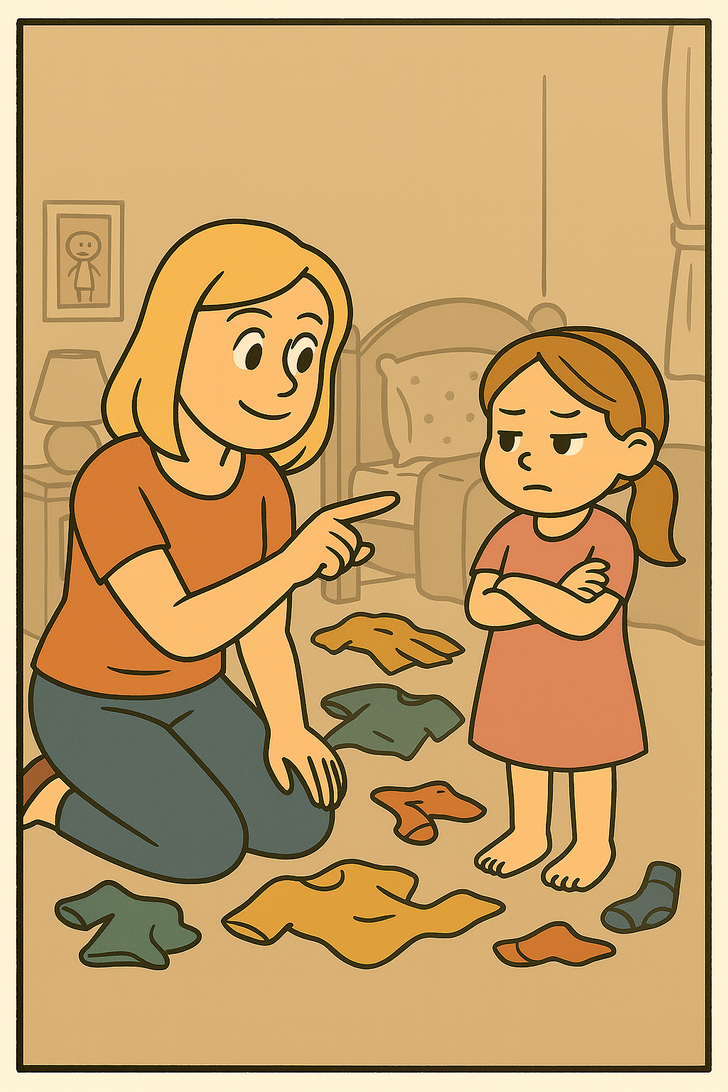
Consistency builds trust and teaches accountability. Set clear expectations and follow through with logical, related consequences. For example, “If the toys aren’t cleaned up, we won’t have time for a bedtime story.” Stay calm and firm, and stick to what you say. Over time, kids learn that listening matters and that boundaries are reliable.
Helping kids listen isn’t about control: it’s about connection. With small, consistent changes, you can replace daily shouting matches with calm cooperation. And if you’re looking for more simple ideas to make parenting a little easier, don’t miss our next article filled with practical tips to guide you through every stage.
Comments
Related Reads
I Refused to Let My Stepmom Take Over My Inherited House—So I Set a Quiet Trap

I Didn’t React When My Sister Wore White to My Wedding—by Morning, She Knew Why

15 Moments That Remind Us Horror Isn’t Just in the Movies

I Refuse to Help My Broke Parents, I’m Not a Free ATM

12 Raw and Powerful Stories Where Kindness Was the Only Lifeline

I Refused to Beg My DIL for Forgiveness—Then Suddenly She Needed Me
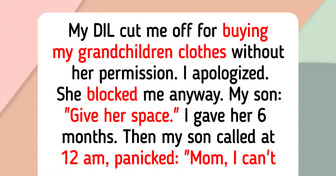
13 Times People Accidentally Uncovered Someone’s Biggest Secret

10 Stories That Remind Us to Keep Kindness Alive When Life Feels Unfair

13 Stories Proving That Female Solidarity Turns Ordinary Women Into Legends

I Banned My MIL From Our Home for DNA Testing My Son and Playing the Victim

My Stepdaughter Wants Me to Pay the Bills Even Though I Babysit Her Kids for Free

I Sacrificed Everything for My Father, Only to Be Cut Out of His Will, and Faced an Unexpected Truth
